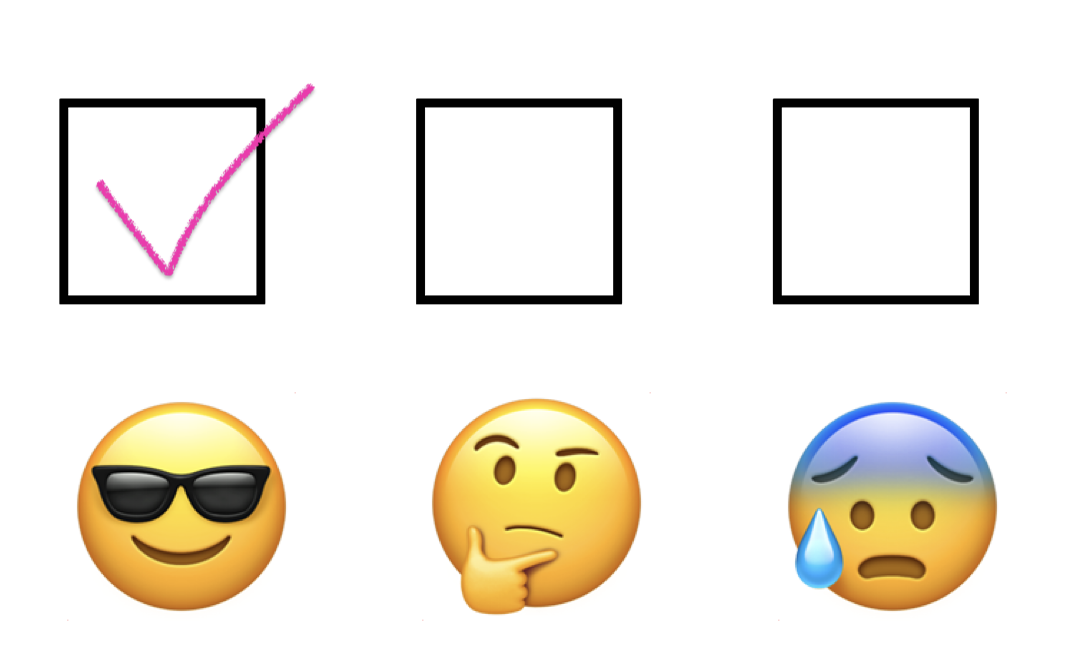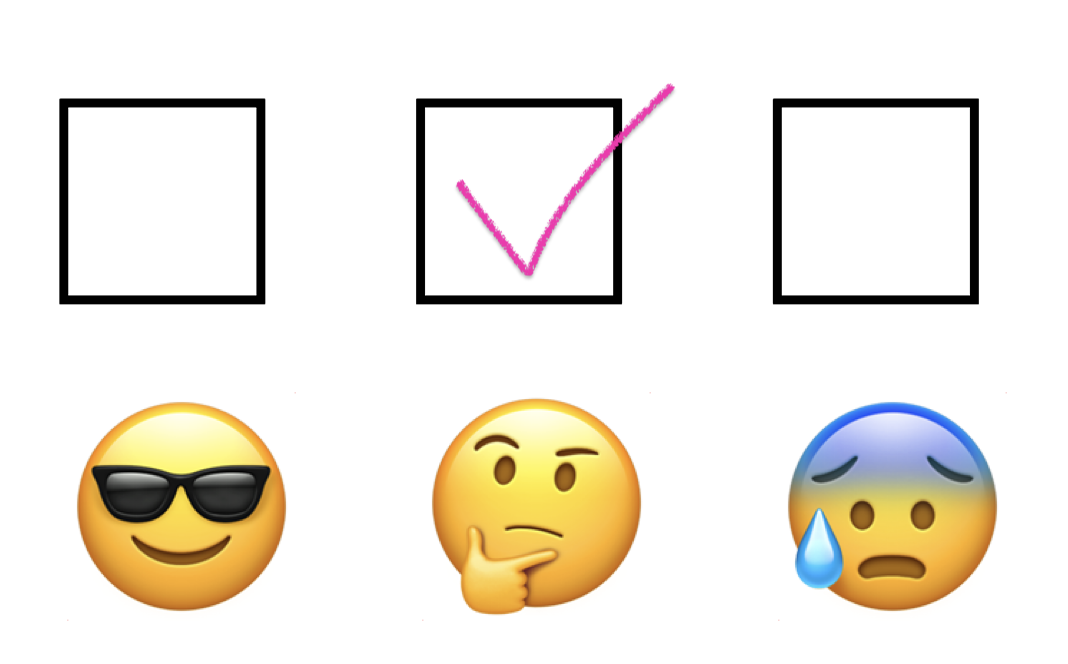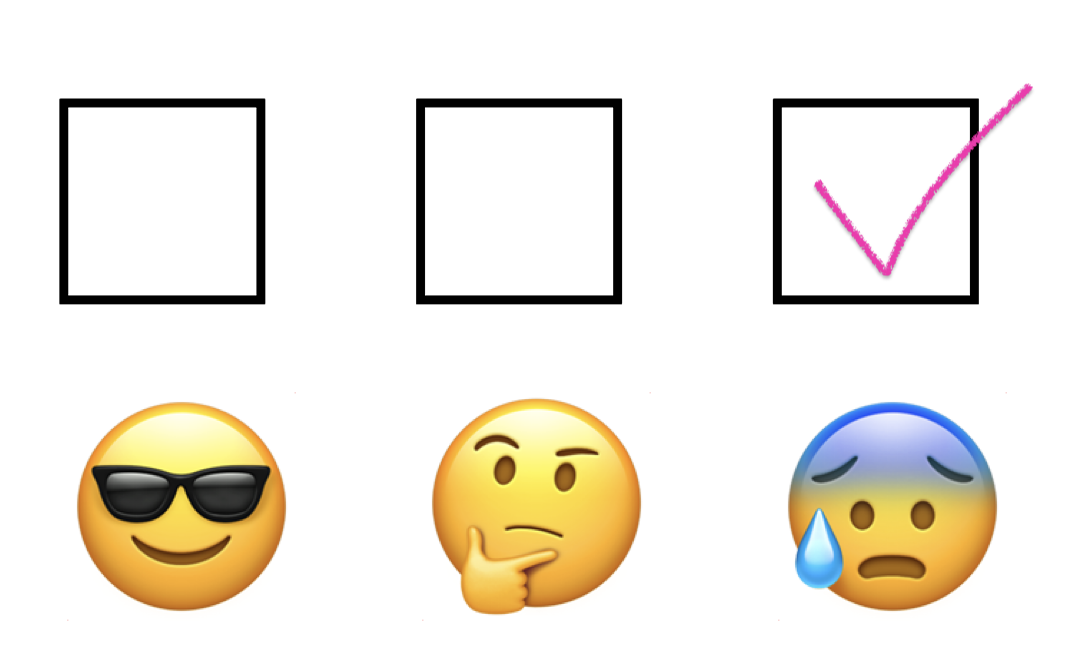Homework 6
Instructions
- Download the printable version of this assignment here. Print it out and record your answers directly in the space provided.
- Write your name and student number on the top of the assignment.
- For problems requiring additional written work, use the allotted work space and/or margins of the page.
- Once you’re done with a problem, reflect on how you well-equipped you felt answering that particular problem using the confidence level assessment.




- Turn in your assignment in class on the due date.
Questions
Question 1
A teaching assistant has selected a random sample of students in STAT 221 and compared the quiz performance of two groups within this sample: one group of students who regularly attended lectures and one group who did not regularly attend lectures. Her data show that 22 of the 30 members of the first group (lecture attendees) passed the quiz, only 10 of the 28 members of the second group (non-attendees) passed the quiz.
- Create a two-way table of quiz performance (passed / did not pass) by attendance status (attended / did not attend).

- Describe, in percentages, the marginal distribution for attendance.

- Describe, in percentages, the marginal distribution for quiz performance.

- According to the data, does there appear to be an association between quiz performance and lecture attendance? Support your argument by referring to the conditional distribution of quiz performance.

- Use a chi-square test and .05 alpha level to test the null hypothesis that there is no association between quiz performance and attendance in the population. Make sure to report: 1) the critical value of the test statistic; 2) the value of the test statistic calculated from the sample data; 3) your decision about the null hypothesis; and 4) an interpretation of the meaning of your decision.

Question 2
In preparing for the quiz, some students in the class studied more than others. The TA has data on a random sample of eight students, with each student’s grade on the 10-point quiz and the number of hours studied. The data are as follows:
| Student # | Hours Studied | Exam Grade |
|---|---|---|
| 1 | 4 | 5 |
| 2 | 1 | 2 |
| 3 | 3 | 1 |
| 4 | 5 | 5 |
| 5 | 8 | 9 |
| 6 | 2 | 7 |
| 7 | 7 | 6 |
| 8 | 6 | 8 |
- Calculate the Pearson’s correlation coefficient for the association between study time and the quiz grade.

- Provide an interpretation for the correlation coefficient.

- Do the sample data provide sufficient evidence with which to conclude that a real association exists in the population from which this sample was drawn? Explain your answer.

Question 3
An educational researcher interested in the consistency of school absenteeism over time studied a random sample of 8 high school students for whom complete high school records were available. The researcher counted the number of days of school each student missed while in the sixth grade and in the tenth grade. He obtained the following results:
| Student | # Days Missed in 6th Grade | # Days Missed in 10th Grade |
|---|---|---|
| A | 4 | 10 |
| B | 2 | 4 |
| C | 21 | 11 |
| D | 1 | 3 |
| E | 3 | 1 |
| F | 5 | 5 |
| G | 4 | 9 |
| H | 8 | 5 |
- What is the strength and the direction of the association between the number of days missed in sixth grade and the number of days missed in tenth grade. Be sure to provide the statistic on which your answer is based.

- Is the association observed in the sample statistically significant? Explain your answer.
